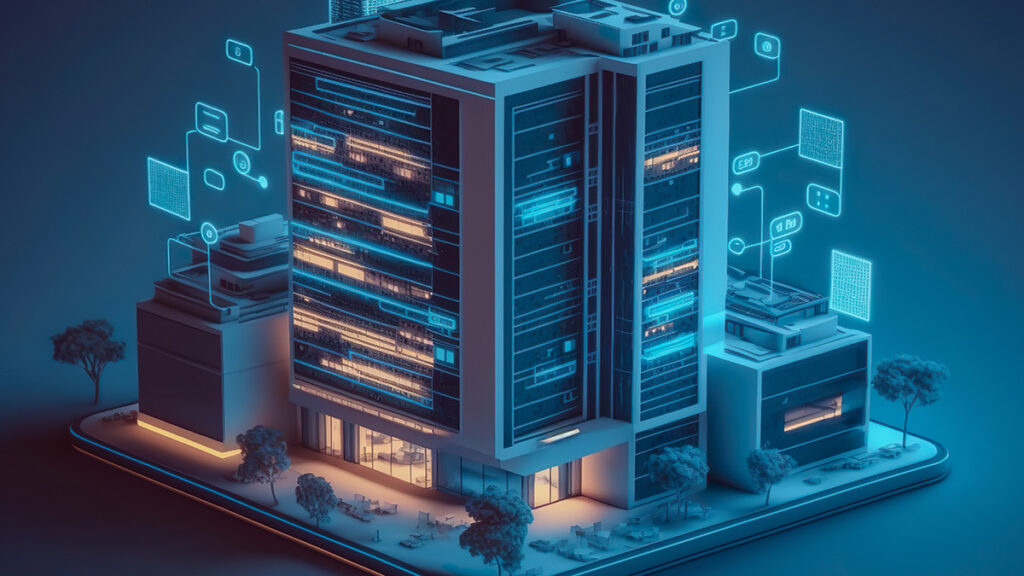The pressure to meet global climate targets has never been greater and with buildings accounting for 40% of global greenhouse gas emissions, there is an urgent need to advance sustainable building technology to help enterprises meet net zero goals while accommodating for continued growth.
“The Smart Building of the Future”, a new paper from Johnson Controls outlines how smart buildings equipped with advanced technologies like AI, IoT, Cloud and cybersecurity will help enterprises create a future where our buildings integrate with human and environmental ecosystems. Smart buildings offer a harmonised environment that prioritises both well-being and sustainability, using technology to adapt and unlock potential, support productivity and drive peak performance of building occupants.
“Never has it been more important for organisations to consider advanced and efficient ways to reduce their carbon footprint – especially in the buildings industry, which is the single largest source of our planet’s greenhouse gas emissions,” said Johnson Controls Chief Technology Officer Vijay Sankaran. “The smart building of the future offers new and more effective ways to help companies meet critical climate goals, reduce costs, enhance daily operations to achieve business growth and improve personalised experiences. When a building ‘comes alive’ with smart technology, all stakeholders benefit from the integrated approach that ultimately creates a healthier, safer and more productive environment.”
Several factors are converging to accelerate the development and adoption of advanced building systems technology. As building owners work to respond to challenges such as rising energy costs and changes in occupancy patterns, among others, sophisticated IoT devices and the implementation of data analytics and AI have become more important than ever.
The report also offers building managers key insights into the major technology enablers of advanced smart buildings, including:
Ubiquitous connectivity through Cloud-based services on the edge breaks down barriers between siloed and integrated devices, enabling the flow of real-time information that business leaders can analyse for insights and continuous improvement.
AI-enabled autonomous smart buildings will be at the core of the next generation of smart buildings, driving efficiencies, enhancing the user experience and enabling advancements in sustainability. AI at the edge reduces privacy, compliance and cyber concerns by allowing data to be securely processed and stored within the building operator’s network.
Digital twins enable a continuous feedback loop between the physical and the virtual by facilitating the integration of AI, IoT and Cloud technologies to generate strategic recommendations for improving building performance and user experience.
As many of the technical foundations required to turn buildings into smart buildings already exist, organisations should take additional action to prepare for and improve their future building operations. This includes developing a strategy that includes user experience, partnering with IT and cybersecurity teams, establishing partnerships with external consultants, investing in education and training, and running pilot projects.
This report builds on recently announced survey results from Johnson Controls and Forrester Consulting that show widespread acceptance of sustainability as a business priority and a firm recognition that partners are essential to realising 2030 sustainability commitments. The survey found building operators believe smart buildings are important in helping organisations accelerate sustainability initiatives and that adding or upgrading building automation and digital technologies to optimise energy use are among the most impactful sustainability investment areas. The survey also found that most leaders seek partners, like Johnson Controls, who can provide a digital platform across sites and use cases, which Johnson Controls provides.
There’s plenty of other editorial on our sister site, Electronic Specifier! Or you can always join in the conversation by commenting below or visiting our LinkedIn page.
